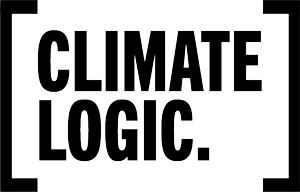When a business asks you to fill out a form or answer questions about your environmental impact, it can seem overwhelming. You might see terms or questions that aren’t familiar. This guide breaks down some of the most common terms and questions, so you know what they mean and how to respond.
What You Might Be Asked
1. Greenhouse Gas Emissions (GHG)
Greenhouse gases are gases that trap heat in the Earth’s atmosphere, causing climate change. Businesses want to know how much your company contributes to this. You might see questions like:
- What are Scope 1 Emissions?
These are emissions your company creates directly. For example, fuel burned by your vehicles or emissions from equipment you own. - What are Scope 2 Emissions?
These are emissions from the electricity or energy you buy to run your business, like power for your office or factory. - What are Scope 3 Emissions?
These are emissions caused by other parts of your supply chain, like the manufacturing of products you buy or the transportation of goods you sell.
2. Emission Factors
An emission factor is a number used to calculate how much greenhouse gas is released from certain activities. For example:
- How do I calculate emissions for electricity use?
You multiply the amount of electricity you use by the emission factor for electricity in your region. The factor represents how “clean” or “dirty” the electricity is (e.g., coal vs. renewable sources).
If you don’t know these numbers, you can ask your suppliers or check industry guidelines.
Questions About Data Accuracy
3. Uncertainty
Uncertainty means how accurate or confident you are about your data. Sometimes, companies use estimates instead of actual measurements. You might be asked:
- Do you use estimates or actual numbers for your emissions?
For example, do you estimate fuel use based on costs, or do you measure exactly how much fuel you buy? - Have you asked your suppliers for better data?
This means reaching out to companies you work with to get more detailed or accurate information about their processes.
Third-Party Checks
4. Assurance
Assurance means having someone outside your company check your data to make sure it’s correct. Questions could include:
- Have you had an expert review your emissions data?
For example, an auditor or consultant could verify your numbers. - Have you received certification?
This means getting official recognition that your data meets certain standards.
Goals and Plans
5. Targets
Targets are goals your company sets to reduce emissions. They might ask:
- Do you have a long-term goal to reach net-zero emissions?
“Net-zero” means balancing the amount of greenhouse gas you emit with actions to remove it, like planting trees or investing in renewable energy. - Do you have short-term goals?
This could include things like cutting energy use by 10% next year or switching to electric vehicles.
6. Reduction Plans
These are steps you’re taking to cut emissions. Questions might include:
- Do you use renewable energy?
Renewable energy comes from natural sources like solar or wind power, which don’t produce emissions. - Have you made changes to reduce emissions?
This could include upgrading to energy-efficient equipment, reducing waste, or switching to lower-emission transportation methods. - Have you invested in projects to cut emissions?
For example, installing solar panels or improving insulation in your buildings to save energy.
How to Be Ready
- Track Your Energy Use: Keep a record of how much electricity, fuel, and other energy you use in your operations.
- Ask Your Suppliers: Reach out to the companies you buy from to find out if they have emissions data for their products or services.
- Set Goals: Even small steps, like turning off lights when not in use, can show you’re making an effort.
- Get Help If Needed: There are consultants, tools, and resources available to help you gather and present this information.
Understanding these terms and questions can make it less stressful to respond to requests for information. Showing you’re aware and taking steps to improve can strengthen your relationship with clients and partners.
How Climate Logic Can Help
At Climate Logic, we specialize in helping businesses like yours navigate sustainability requests and take meaningful action toward reducing your environmental impact. Whether you’re just starting out or looking to improve your data and reporting processes, we can support you every step of the way.
Here’s what we offer:
- Expert guidance to calculate and track your emissions accurately.
- Tailored plans to meet your sustainability goals, from renewable energy adoption to emissions reduction.
- Assurance services to verify your data and build trust with your clients.
Ready to make sense of sustainability and stay ahead in your industry? Contact us today on (03) 9000 0354 to learn more about how we can help.

![[Climate Logic]](https://efe1f5e8.delivery.rocketcdn.me/wp-content/uploads/2023/07/climate-logic_logo_reverse.png)

